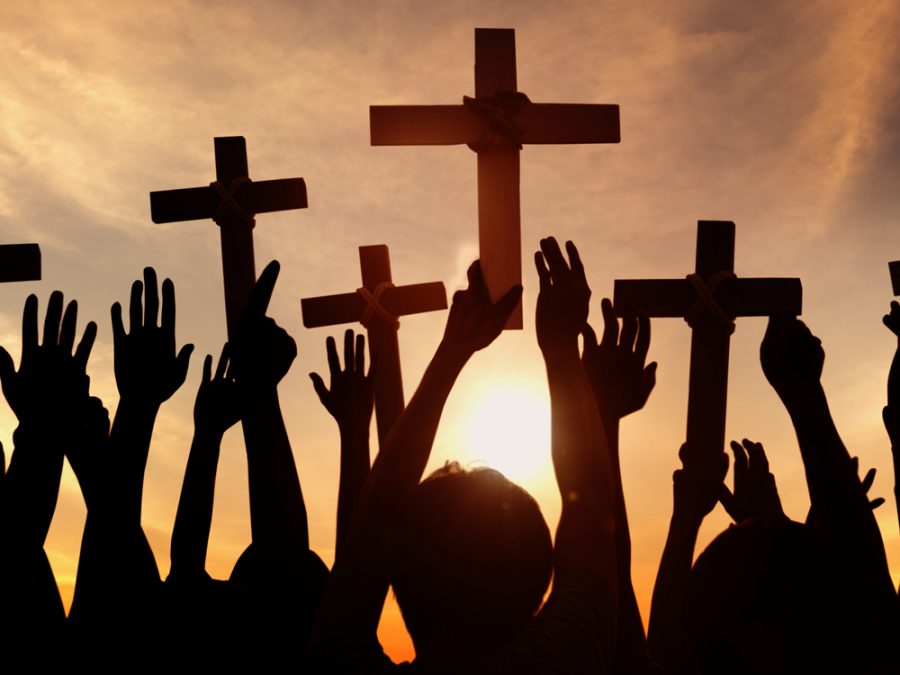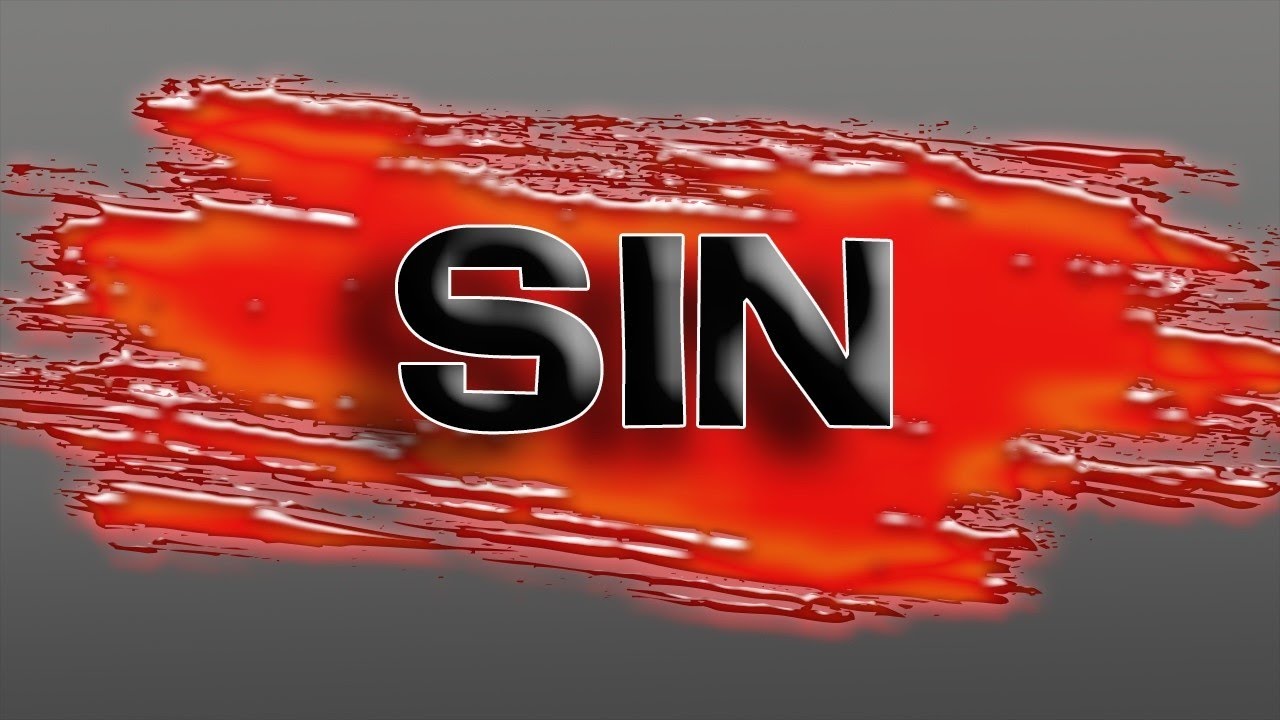The Catholic Church’s Profound Impact on Medieval Politics and Society
Introduction
The Catholic Church was the most powerful institution in medieval Europe, wielding authority that extended far beyond the spiritual realm. Its influence permeated all levels of society-shaping politics, law, culture, and everyday life. Understanding how the Church affected medieval politics provides insight into the foundations of modern governance and the enduring relationship between religion and state.

Source: tanyajpeterson.com
The Church as a Political Powerhouse
During the Middle Ages, the Catholic Church functioned as both a spiritual authority and a formidable political player. The Pope and high-ranking clergy acted not only as religious leaders but also as influential political figures [2] . Church officials were regularly involved in statecraft, advising kings, settling disputes between nobles, and even making decisions about war and peace. The Church’s authority was rooted in its control over religious doctrine, but its reach extended into the day-to-day governance of kingdoms and principalities [1] .
The Pope claimed-and sometimes exercised-the right to depose monarchs who defied church authority. For instance, during the Investiture Controversy , a series of disputes in the 11th and 12th centuries, popes and European kings clashed over who held the right to appoint bishops and abbots. Such conflicts showcased the Church’s ambition to check secular power and shape the leadership of Christian Europe [4] .
Economic Power: Land, Wealth, and Tithes
The Church became one of the wealthiest institutions in medieval Europe due to several factors:
- Tithes : Every Christian was expected to pay 10% of their income to the local church. This revenue gave the Church enormous financial resources, often surpassing those of kings [3] .
- Land Ownership : The Church owned vast tracts of land across Europe, which were cultivated by peasants. This made the Church a major landowner and economic force [2] .
- Monasteries : Religious communities produced goods, copied manuscripts, and offered charity, serving as hubs of both spiritual and economic activity.
With this wealth, the Church funded the construction of cathedrals, supported religious schools, and maintained a large clerical workforce. Its economic might reinforced its political authority, as kings and nobles frequently relied on church resources and support [1] .

Source: youtube.com
Shaping Laws and Social Order
The Catholic Church played a central role in the development of legal systems and social hierarchies. Church law, known as canon law , often superseded secular law in matters such as marriage, inheritance, and morality [1] . Clergy served as judges, administrators, and sometimes even diplomats. This intertwining of religious and secular authority blurred the lines between the sacred and the governmental.
For example, the Church’s power to excommunicate individuals-cutting them off from the sacraments and the Christian community-was a potent tool used to discipline rulers and enforce compliance with church directives. Monarchs who risked excommunication also risked rebellion from subjects who feared spiritual consequences [5] .
Church and State: Conflict and Cooperation
The relationship between the Church and secular rulers was complex, characterized by periods of both collaboration and conflict. While the Church provided legitimacy to monarchs through ceremonies like coronations, it also challenged their authority when church interests were threatened [4] . Notable conflicts, such as the Investiture Controversy, illustrate the ongoing struggle over the boundaries of spiritual and temporal power.
However, collaboration was also common. Kings relied on church officials for administrative expertise, education, and record-keeping. In return, rulers often granted the Church privileges, including exemptions from taxes and legal protections for clergy [3] .
Fostering Unity and Identity
The Catholic Church’s authority stretched across diverse kingdoms and regions, helping to forge a sense of Christian unity in a politically fragmented Europe [4] . Major initiatives, such as the Crusades and campaigns against heresy, mobilized people from various backgrounds in common causes. The Church’s liturgy, education, and art fostered a shared cultural identity that transcended local loyalties.
Through its network of parishes, monasteries, and cathedrals, the Church provided the framework for community life, education, and social services. Monasteries preserved ancient texts, taught literacy, and cared for the poor and sick, further embedding the Church in the fabric of medieval society [2] .
Accessing Medieval Church Records and Resources
If you are interested in exploring more about the Catholic Church’s role in medieval politics, you can access historical records and scholarly research through the following methods:
- Visit university libraries or public archives that specialize in medieval or church history. Many institutions have digital collections available for research.
- Consult established academic sources, such as the Encyclopedia Britannica or the Stanford Encyclopedia of Philosophy , for well-documented overviews.
- Search for peer-reviewed articles using databases like JSTOR or Google Scholar with terms such as “medieval Catholic Church politics” or “Investiture Controversy”.
- Contact local historical societies or museums, which may offer public lectures, curated collections, or access to primary source documents.
When looking for digitized manuscripts or church documents, use precise search terms and reference official repositories or university digital archives. Always verify the credibility of your sources and consult multiple perspectives to gain a well-rounded understanding.
Potential Challenges and Solutions
Researching the Church’s role in medieval politics can be challenging due to the complexity and variation across regions and centuries. Some documents may be in Latin or old vernacular languages, and biases in primary sources are common. To overcome these challenges, consider the following steps:
- Seek translations or summaries by reputable historians.
- Compare sources from different regions and time periods for a broader perspective.
- Participate in online forums or academic groups that discuss medieval history for peer insights.
Key Takeaways
The Catholic Church’s influence on medieval politics was profound and multifaceted. It shaped the formation of states, influenced laws, guided social order, and mediated between rulers and subjects. Its legacy is evident in the continued interplay between religious and political institutions throughout history. Understanding this dynamic equips us to appreciate the roots of modern governance and the ongoing dialogue between faith and power.
References
- [1] LBP World (2025). The Role of the Catholic Church in Medieval Politics.
- [2] Exploros (n.d.). The Catholic Church and Medieval Power.
- [3] Study.com (n.d.). The Role of the Catholic Church in Medieval Europe.
- [4] Wikipedia (2004). Church and State in Medieval Europe.
- [5] Students of History (n.d.). The Role of the Roman Catholic Church in Medieval Europe.



